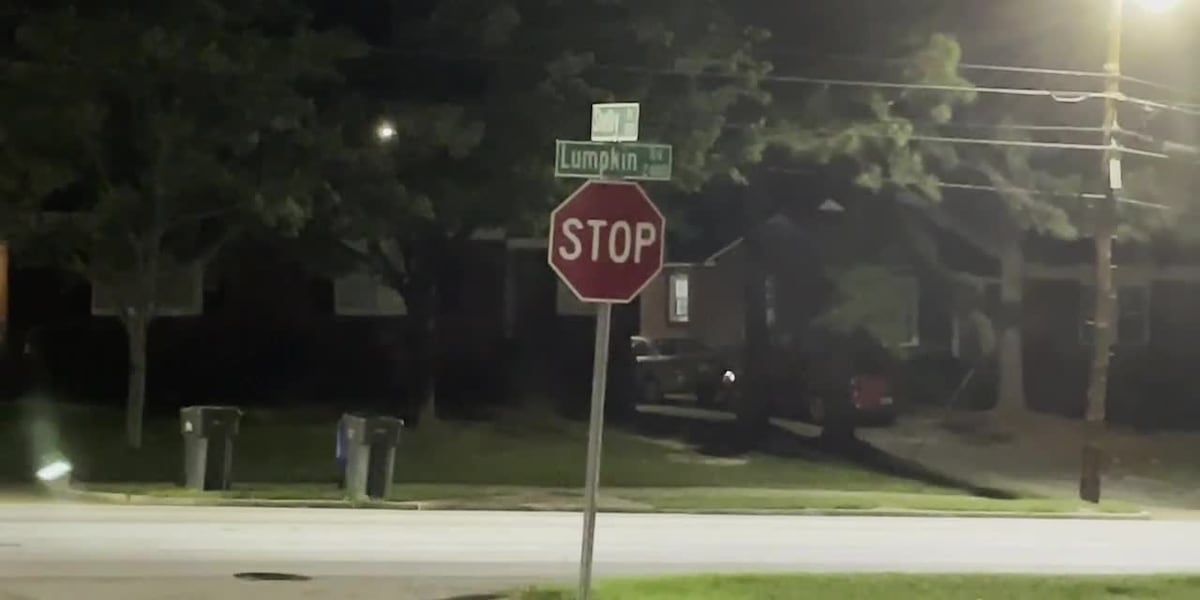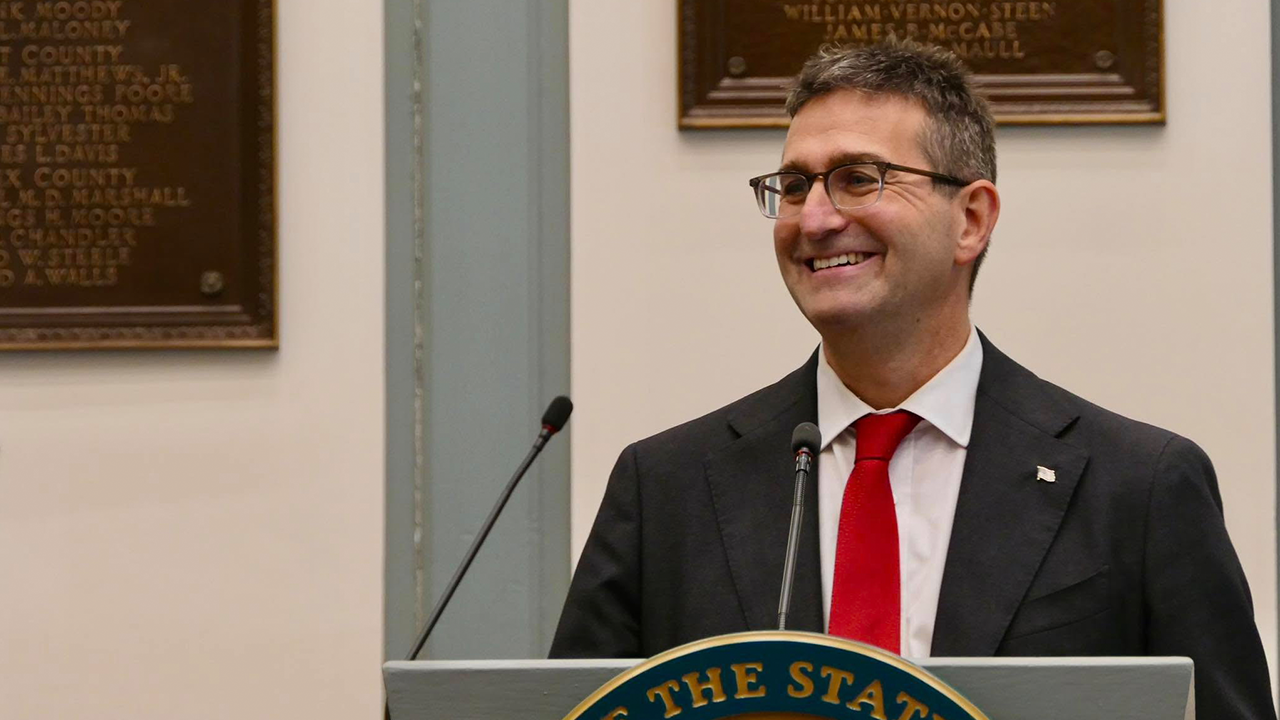Idaho
University Of Idaho Plans To Aquire University Of Phoenix For $550 Million

The University of Idaho is proposing to acquire the University of Phoenix for $550 million. (Photo … [+]
Universal Images Group via Getty Images
The University of Idaho wants to acquire the University of Phoenix and is offering to pay $550 million for the private, for-profit university.
The proposal, which is scheduled to be considered at a special May 18 meeting of the Idaho State Board of Education, which would need to give its approval, comes less than a month after a similar bid by the University of Arkansas (UA) to take over the University of Phoenix was narrowly rejected by UA’s board.
According to the University of Idaho’s website, which posted a lengthy series of questions and answers about the proposed deal, the University of Idaho would create a new nonprofit corporation that would issue bonds to pay the $550 million for the University of Phoenix’s assets, including its substantial digital education platform and its remaining leases for physical locations.
Ownership of the University of Phoenix, in turn, would contribute about $200 million in cash, providing “adequate working capital” to operate the non-profit University of Phoenix going forward. The complete transaction is expected to be completed by early 2024.
Initially, the University of Phoenix would operate as a separate 501(c)(3) organization affiliated with the University of Idaho. The plan calls for a few of the University of Phoenix’s campuses to remain open at the start, but eventually they would all move to fully online delivery.
In addition, the University of Phoenix’s leadership and staff would be stay in place to run the university, and the Phoenix campus, which houses the administrative offices of the university and offers space for the in-person components of some degree programs, would remain open.
The University of Idaho explained what it saw as the benefits of the deal this way on its website: “U of I executive leadership has met with University of Phoenix leadership. Our programs are complementary and our goals for serving students are similar. We share a mutual desire to reach first-generation and underserved students. U of I has 52% first-generation students. University of Phoenix has 80%.”
The statement continued, “our student populations are different – U of I focuses primarily on traditional, residential students and University of Phoenix focuses primarily on adult learners who are working. U of I excels at delivering courses in person and University of Phoenix excels at delivering courses online. Together, we can meet the needs of all learners and complement each other.”
Begun in 1976, the University of Phoenix’s peak enrollment was almost 470,000 students in the early 201os, making it the largest university in the U.S at the time and for years the most influential institution in the for-profit higher education sector. Its bread and butter has been to offer online education to nontraditional students, although over the years it has also operated physical campuses in several U.S. cities.
In recent years, however, it has suffered a series of regulatory and legal setbacks that have caused its enrollment to plunge to about 80,000 students and its reputation to suffer significantly in the process.
In 2019, the institution settled a Federal Trade Commission lawsuit over deceptive advertising totaling $191 million. As part of that settlement, the University of Phoenix and Apollo Education Group paid back $50 million in cash to former students, and cancelled $141 million in debts owed to the school.
As part of the financing, the University of Idaho website indicated that “should the not-for-profit corporation miss payments on debt related to the acquisition, U of I is agreeing to guarantee up to $10 million annually to cover the payment. However, cash modeling has been undertaken and University of Phoenix currently generates approximately $100 million of unrestricted cash flow annually.”
The University of Idaho projected that it will receive $10 million annually in supplemental education funding as part of the deal, but expects “that amount will grow over time.”
As to governance of the University of Phoenix under the new arrangement, the University of Idaho through its Board of Regents would “be the sole member of the new not-for-profit corporation that will operate University of Phoenix after the transaction is consummated. The not-for-profit corporation will be governed by a fiduciary board of trustees. The U of I Board of Regents will appoint the trustees consistent with accreditor expectations regarding an independent board”.
In addition to needing final approval from the Idaho State Board of Education, the deal will also need the blessing of the University of Idaho’s accreditor, the Northwest Commission on Colleges and Universities, and the University of Phoenix’s accreditor, the Higher Learning Commission.

Idaho
Obituary for Dennis Micheal Wetherell at Eckersell Funeral Home

Idaho
Idaho mining project prioritized by Trump administration nears final federal approval

Idaho’s Stibnite gold mine cleared another major federal permit hurdle Monday. The mine would be the only source of antimony in the country and is a site of environmental controversy.
In 2016, Perpetua Resources began the process to reopen the mine. Eighteen planned years of open pit mining would extract millions of pounds of gold, silver and antimony.
Federal regulators issued the project’s permit under the Clean Water Act on Monday – its last remaining permit needed. The Biden Administration and U.S. Forest Service gave final approval to the mine’s Environmental Impact Statement earlier this year.
In March, President Donald Trump issued an executive order to “increase American Mineral Production.” A month later, Stibnite was recognized by the Trump administration as a critical mining project for its antimony, which is used in ammunition, semiconductors and solar panels. It hasn’t been mined in the United States since 2001.
Sydney Anderson is Idaho Rivers United’s Mining and Policy Manager. The organization is one of several environmental groups opposed to the project.
Anderson says Perpetua’s current water treatment plan does not account for how climate change and air pollution could cause lasting harm to state water quality.
“Twenty, 25 years in the future, there’s just no good way of telling what the impacts will be, except that what they’re modeling now is probably a very, very conservative estimate.”
The mine also sits on ancestral land of the Nez Perce tribe, which stopped its salmon restoration work in the area when mining permits were approved.
Anderson says Perpetua’s plans to dredge up and reroute major sections of the East Fork South Fork Salmon River undermine the tribe’s decades of work restoring salmon habitats and spawning grounds.
“That can really cause issues with water temperature and water quality in oversimplification because it’s not connected to natural hydrology. So the natural water flow isn’t in that area anymore when you change the route of a river,” Anderson said.
Perpetua estimates antimony will make up only four percent of profits from minerals mined. The rest will come from gold and silver.
The company says there’s enough antimony in the mine to meet around one-third of the country’s demand for six years. Anderson said that isn’t enough to justify more mining.
Perpetua says it is taking steps to protect water quality and salmon habitats. In its 2023 environmental report, the company said it aims to eliminate legacy pollution from the mining area that could leak into rivers, and restore salmon routes disturbed by previous mining activities.
Perpetua has been removing legacy pollution alongside the EPA and U.S. Forest Service since 2021, with cleanup expected to conclude this year. The Environmental Protection Agency tried to designate the area as a hazardous Superfund site after finding high concentrations of heavy metals like arsenic in the water. Idaho has yet to accept the designation.
The federal permitting council expects to completely approve the Stibnite Gold Project by the end of July.
Idaho
3 Californians Among 7 Dead In Fiery Idaho Crash

IDAHO — Idaho State Police have identified seven people who died earlier this month in a fiery crash near Yellowstone National Park, including a tour van driver from Riverside County.
Just before 7:15 p.m. on May 1, Yu Zhang, 30, of Eastvale was behind the wheel of a Mercedes tour van heading east on U.S. Highway 20, near Henry’s Lake in Idaho, toward nearby Yellowstone.
The van driver was carrying nine passengers when a Dodge Ram pickup truck crossed the center line and smashed into the tour vehicle, according to Idaho State Police.
On May 16, Idaho State Police identified seven killed in the crash, including Yu Zhang, and the pickup driver identified as 25-year-old Isaih Moreno of Humble, Texas.
The deceased tour van passengers were named as:
- Ivana Wen, age 28, of Milan, Italy
- Jianping Li, age 71, of Guangxi, China
- Li Nie, age 64, of Arcadia, California
- Aifeng Wan, age 53, of Arcadia, California
- Xiaoming Jiang, age 66, of Guilin, Guangxi Province, China
DNA experts at Idaho State Police Forensic Services and forensic pathologists and investigators at the Ada County Coroner’s Office “allowed for a timely, thorough, coordinated, and comprehensive identification of the decedents,” according to Captain Chris Weadick, Idaho State Police District 6.
At the time of the two-vehicle crash, a passerby and Fremont County law enforcement were the first to arrive at the scene, police said. The officers saved multiple people trapped in the burning wreckage.
“Emergency medical personnel responded and treated at least sixteen patients,” Idaho State Police reported shortly after the crash.
The reason for the pickup’s movement remains under investigation; crash reconstruction and additional testing are still underway, Idaho State Police said Friday.
“Given the dynamic nature of the crash, the number of casualties, and the involvement of foreign nationals, this has been a highly complex investigation,” Weadick said. “We appreciate the public’s patience and understanding as we’ve worked to confirm facts and provide verified information.”
-

 Education1 week ago
Education1 week agoA Professor’s Final Gift to Her Students: Her Life Savings
-

 Politics1 week ago
Politics1 week agoPresident Trump takes on 'Big Pharma' by signing executive order to lower drug prices
-

 Education1 week ago
Education1 week agoHarvard Letter Points to ‘Common Ground’ With Trump Administration
-

 Culture1 week ago
Culture1 week agoBook Review: ‘Original Sin,’ by Jake Tapper and Alex Thompson
-

 Culture1 week ago
Culture1 week agoTest Yourself on Memorable Lines From Popular Novels
-

 News1 week ago
News1 week agoAs Harvard Battles Trump, Its President Will Take a 25% Pay Cut
-

 News1 week ago
News1 week agoWhy Trump Suddenly Declared Victory Over the Houthi Militia
-

 News1 week ago
News1 week agoAustin Welcomed Elon Musk. Now It’s Weird (in a New Way).




















